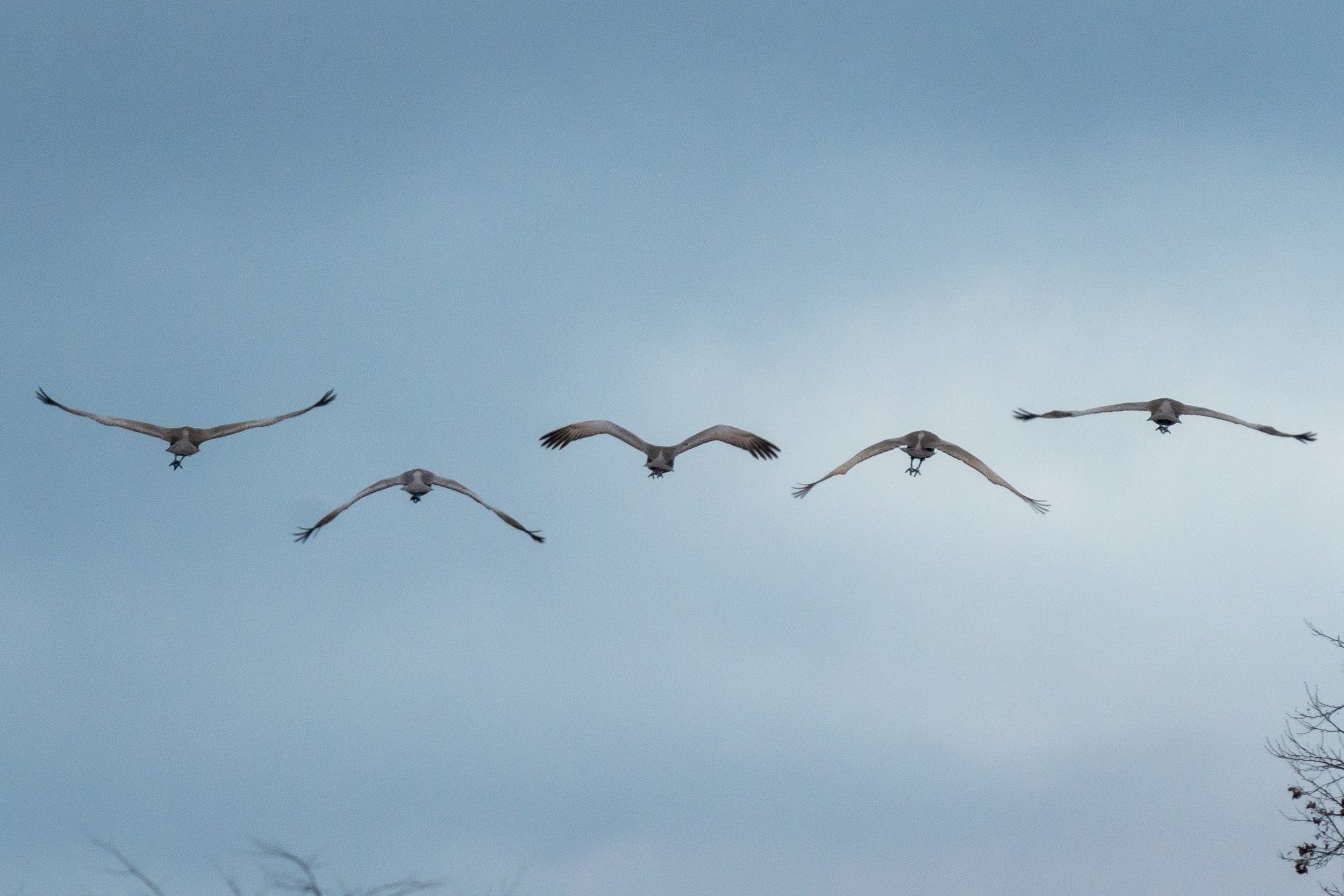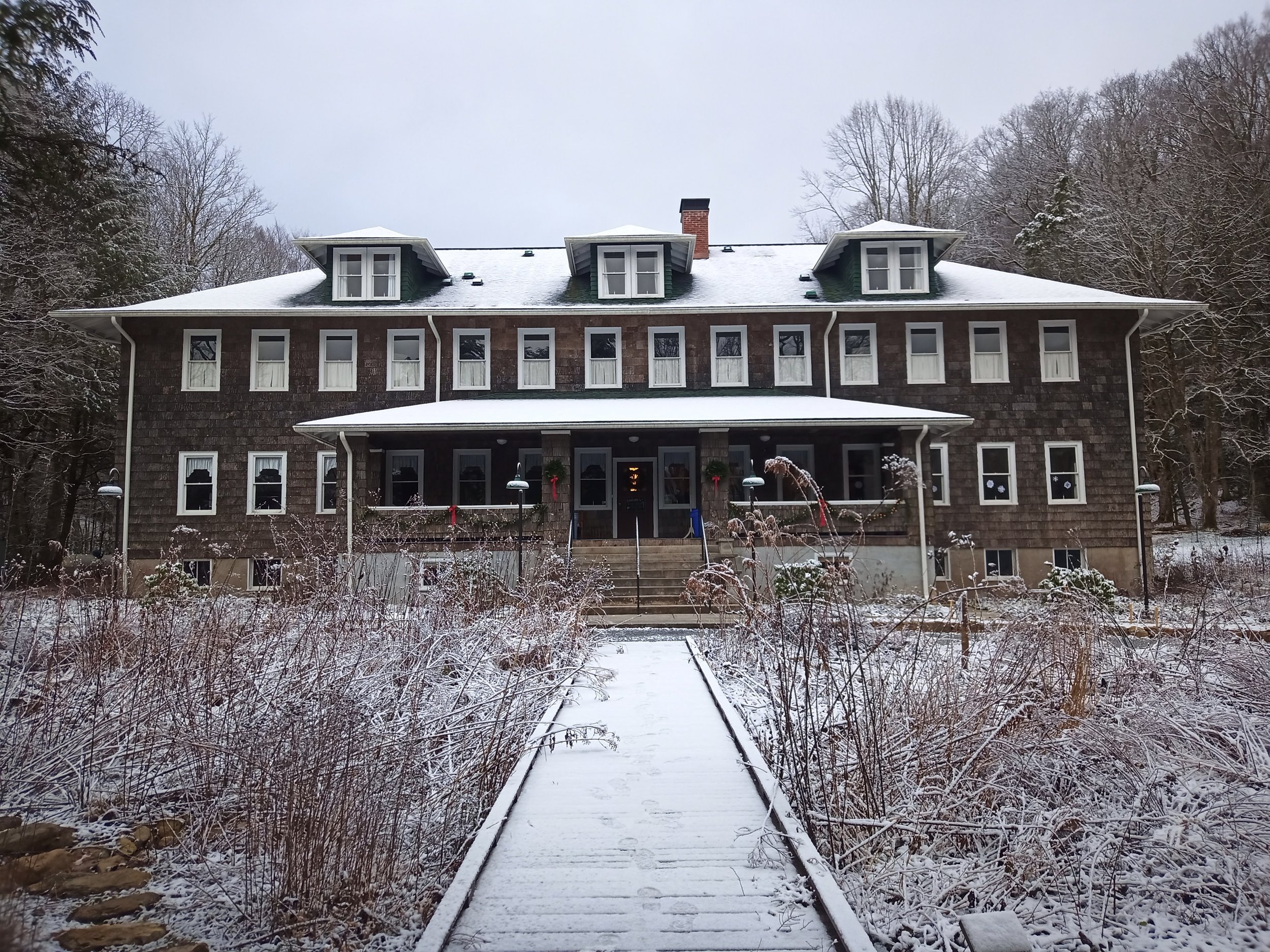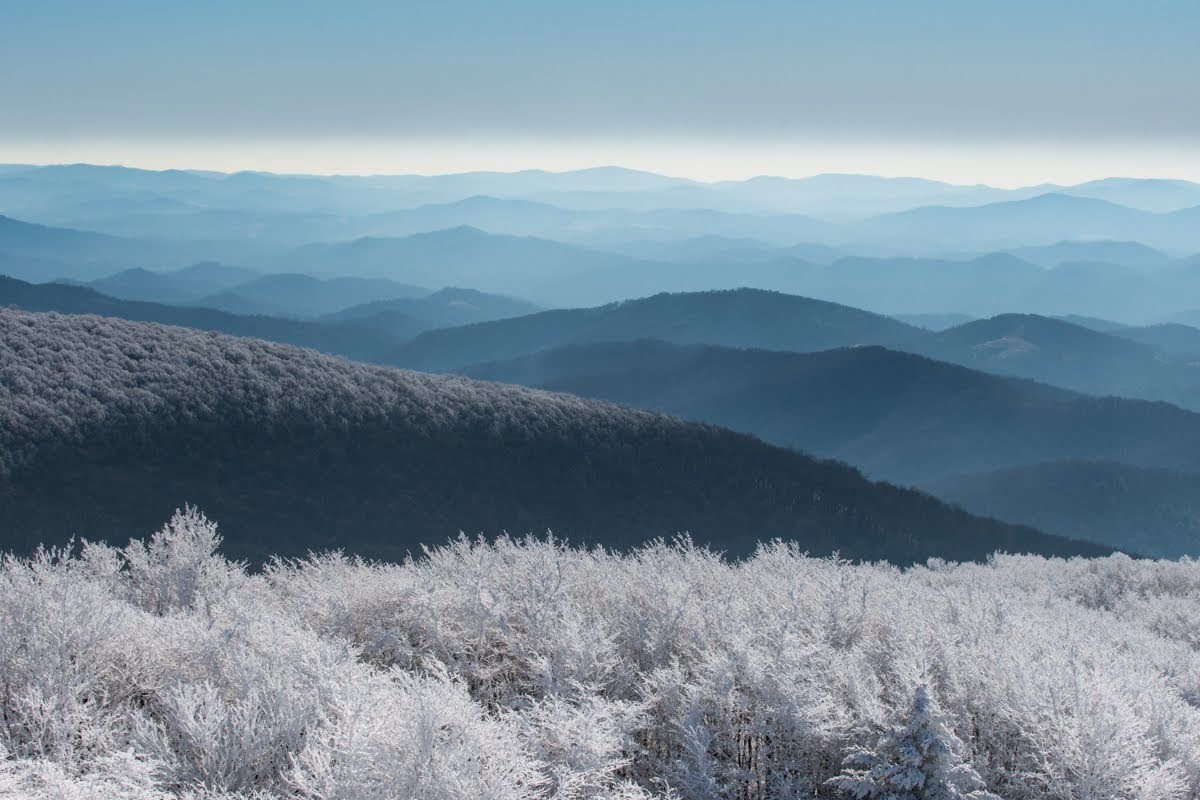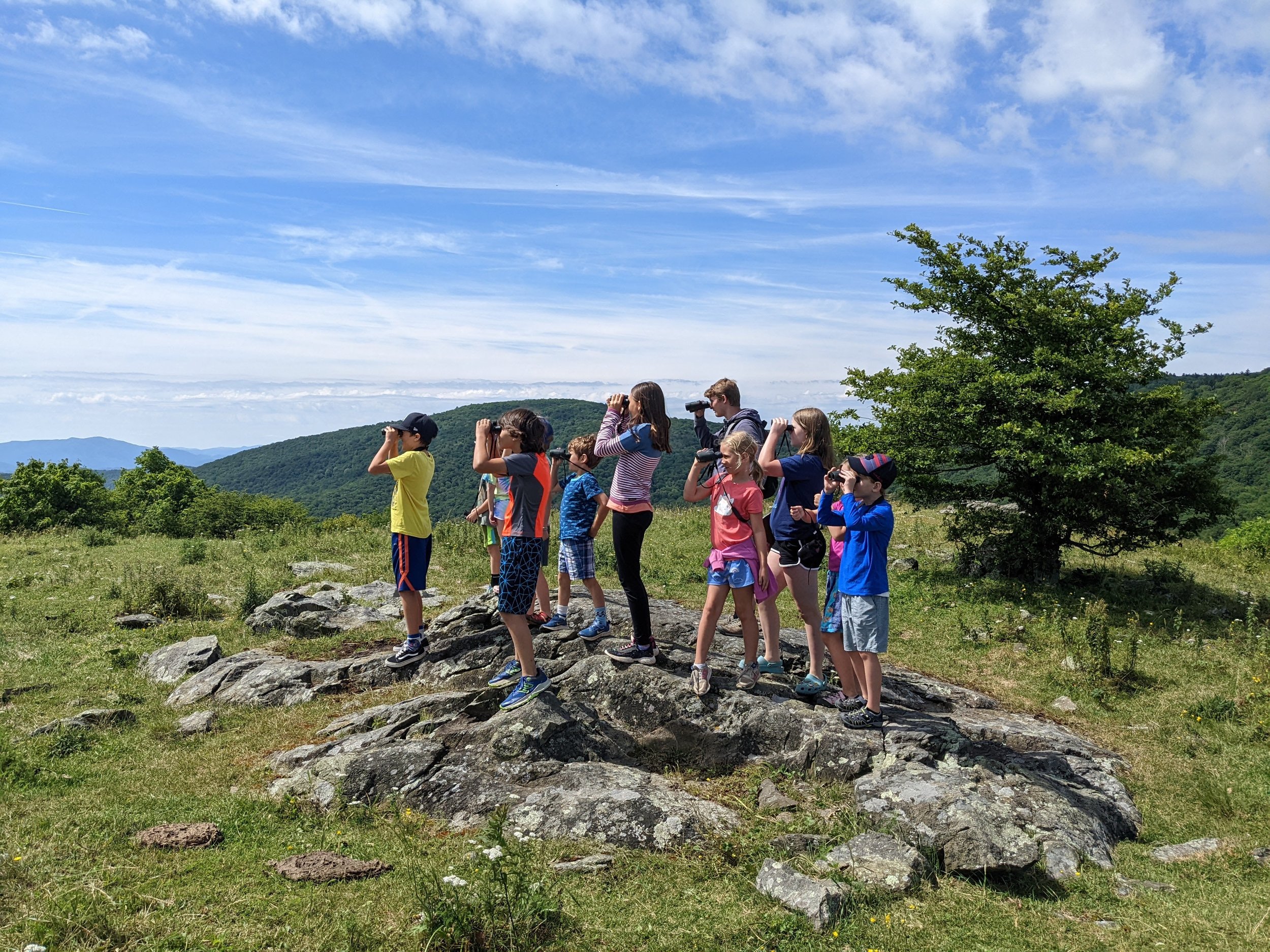

Little Winter Soldiers: Black-Capped Chickadees
These cute little birds are a lot tougher than they look! Black-capped chickadees have a few adaptations up their wings that help them survive Virginia winters.

Signs of Spring at BRDC
March 20 marks the beginning of spring for the Northern hemisphere. It’s the vernal equinox; the day the sun rises on the North pole, we start having more than 12 hours of daylight, and the halfway point between the solstices. As the temperatures rise and the soil wets, new signs of life appear all around! Keep reading for some early spring appearances we've noted on campus.

All it's Clocked Up to Be: Circadian Rhythms
Have you noticed that the days are getting shorter? You’re not the only one! We’re a little under two weeks away from the winter solstice, and subtle seasonal shifts like cooler temperatures and shorter days affect plants and animals (including humans!) in significant ways. Keep reading to learn about circadian rhythms and how animal and plant behavior changes throughout the year!

Snow Science and Winter Folklore
Winter is arriving in the Blue Ridge! Watching the snow fall is a beautiful sight to behold (if you feel prepared for it!) but for the curious, snow can spark a lot of questions.

Out of Season Happenings
If you’ve ever thought that a warm November day feels more like spring than fall, you’re in good company. Many species depend on specific environmental cues to trigger physiological and behavioral changes.

Moons of the Year
As April’s full moon is overhead, let’s look at the cultural significance of moons and why we have moon phases at all!

Wildlife Preparing for Winter: Reptiles
Snakes, lizards, and turtles all call the Blue Ridge Mountains home, but these animals are rarely seen in the cold. So, where do reptiles go during winter?

Pre-Order Your Fall Naturalist Rally T-Shirt!
Our Mount Rogers Fall Naturalist Rally is a little over a month away and we could not be more excited! We have opened pre-orders for the limited edition Fall Naturalist Rally t-shirt.

Residential Overnight Programs at BRDC
Blue Ridge Discovery Center is thrilled to welcome Carroll County Middle School next week for our residential overnight program with their rising 6th graders!

Get Outside along the Henley Hollow Trail
Join BRDC guides on a short hike along Henley Hollow Trail.
